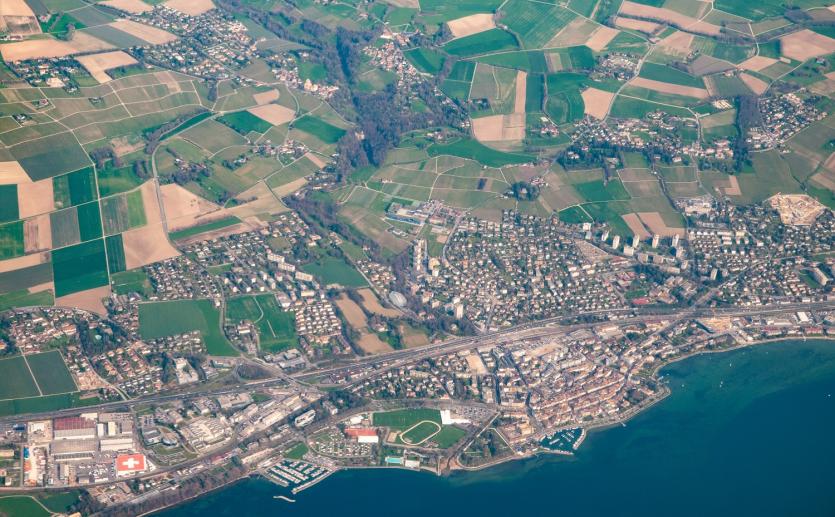Aerial view of Lausanne. Photo: Wirestock
By Patryk Krych | The World Daily | OCTOBER 18th 2021
For over sixty years, the soil in certain parts of the Swiss city of Lausanne, the country’s fourth largest city, have been intoxicated with dangerous chemicals, raising certain dire implications for many of its children.
Lausanne is known to be the capital of Olympics and sport in the country, serving as a host city for plenty of sporting events and competitions. The recently-discovered chemical pollution has come as a rather big shock to the city, having been found to be caused by an old waste incinerator that operated from 1958 to 1982.
“There are some who’ve grown vegetables in their garden for years and then we tell them 'no marrows, no cucumbers'. It obviously raises questions for them,” said a city resident and vegetable garden owner, Didier Burgi.
It’s been estimated that an area of around 20 square kilometers around the site of the old waste incinerator has been contaminated by pollutants, and a warning has been issued to all parents to keep their children from ingesting any soils. As well as this, it’s also been stated that certain homegrown vegetables in the area should no longer be eaten due to contamination fears.
The pollution had remained unnoticed for over 60 years because at no point had anybody decided to test the soils for dioxins – a group of chemically-related compounds that are known to act as environmental pollutants.
According to the World Health Organisation, dioxins are toxic, having been known to cause cancer, damage the immune system, and can even cause reproductive and developmental issues with long-term exposure.
Residents and authorities are left concerned over how many people may have been affected by the intoxication over the many years. Now that it has been noticed, evasive actions can be taken, but many are left wondering what kind of damage has already been done.
“We realise it is indeed a big problem today in Lausanne,” said a member of the Lausanne city council, Natacha Litzistorf. “But it raises the question about all other cities that had incineration plants at that time."






